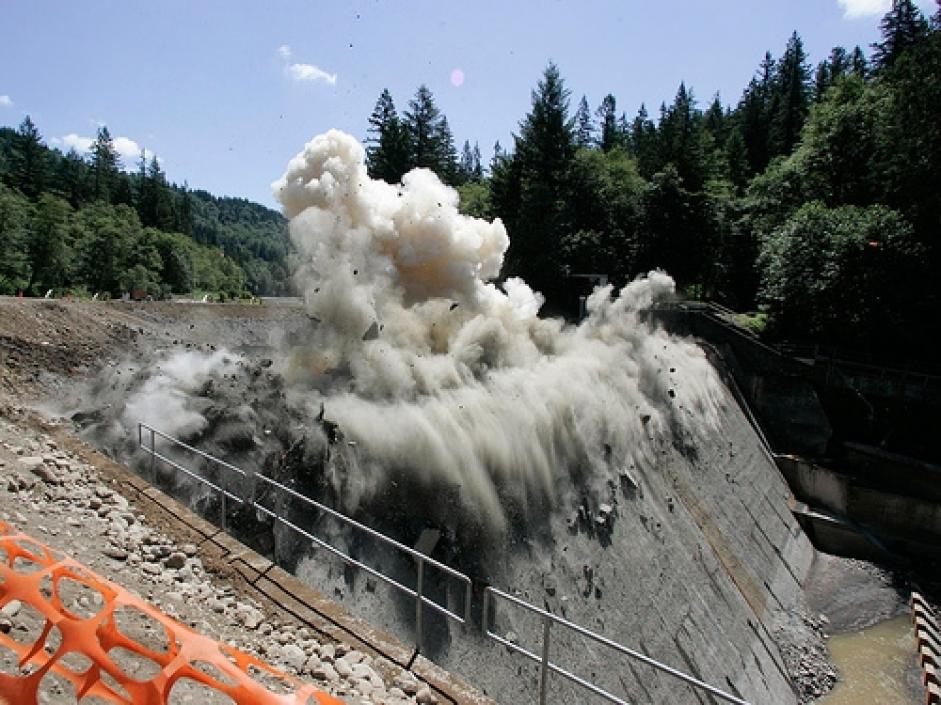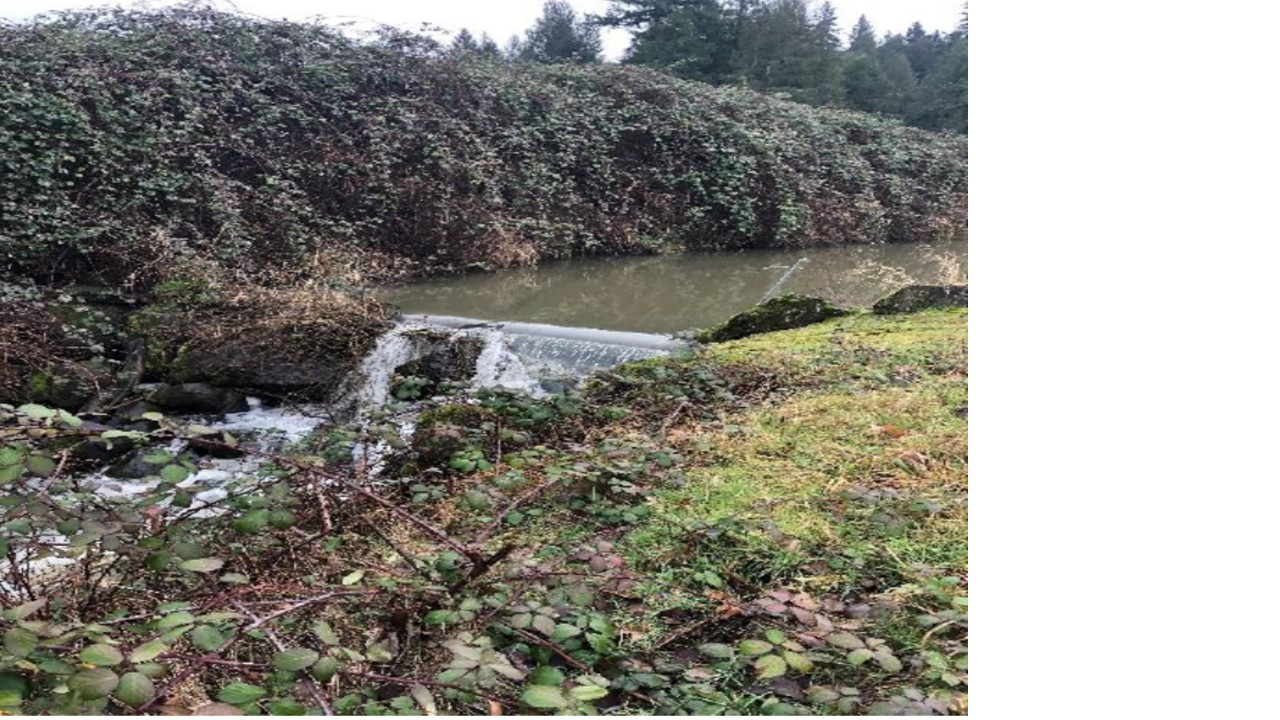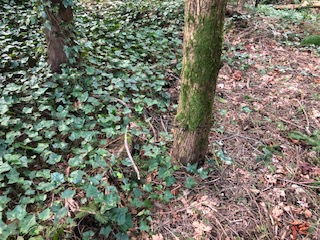by Jon R. Biemer
Removing barriers can foster sustainability, whether we are talking about the world of commerce, a salmon run, or our back yard.
The Ever Given
Circumstances in Egypt offer a macro-scale demonstration of the importance of barrier removal.
On March 23, 2021, the 1,300- foot container ship Ever Given lodged cross-ways in the Suez Canal during a sand storm. Normally, more than 50 ships pass through the canal every day. The computer chip making industry and auto makers were impacted by this short-term blockage. Supply chains of toilet paper, coffee, furniture and gas will be experiencing longer-term delays. Some ships will add additional weeks to their journey by sailing around the southern tip of Africa. Russia is making a case for its alternate delivery route from Asia to Europe. Global economic losses were estimated at more than $9 billion per day. One ship caused this disruption in one waterway, with no mechanical problems, nor any acts of violence. What a demonstration of how a barrier can disrupt a system!
What a demonstration of the value of those who refloated the ship! The crews of the Egyptian dredger Mashhour and ten tugs were coordinated by the salvage company Boskalis! It took six days.
Dam Removal
Likewise, dams disrupt ecosystems. While modest-scale beaver dams typically add value to an eco-community, concrete and earthen barriers often do not. A proven way to bring fish and wildlife back into a watershed is to remove its dams – once interested parties agree. In that regard, I offer an excerpt from my soon-to-be-published book.
On October 28, 2011, the siren before the breaching of the Condit dam on the Washington’s White Salmon River is reminiscent of an air raid alarm. Deep within the dam a series of explosions rumble. Then black water gushes from the dam’s base. Like a giant fire hose, the roiling water scourers everything in its path downstream.
Such violence is strong medicine to bring a dammed river back to its natural state, to once again allow fish to migrate. It is also testimony that we really are capable of dismantling edifices that no longer serve the greater good. In the Western U.S. the indigenous people have led very long-term efforts to align the politics, economics, permit expirations, science and treaty rights.
Dams have been legally removed on Elwha River in Washington state, Siletz River in Oregon, Mill River in Massachusetts, and Uwharrie River in North Carolina. Since 1912, over 1,600 dams have been removed in the United States, including 99 in 2018, up from 91 in 2017. The Edwards Dam was removed from Maine’s Kennebec River in 1999. It was the first functioning hydroelectric dam to be removed in the United States; the economic value of a restored fishery was shown to be greater. Along with the sturgeon, alewives (a type of herring), and shad came river otters, bears, minks, bald eagles, ospreys, and blue herons.
Removal of four dams on the Klamath River in southern Oregon awaits a $250 million congressional authorization for river restoration and economic development. Mission impossible? At least the long-bickering ranchers, farmers, Klamath Indians, and Pacific Power are on board.
Breaking news: On February 28, 2021, the Klamath River Renewal Corporation submitted proof to the Federal Energy Regulatory Commission that they secured funding to remove all four Klamath River dams.
Removing Barriers in the Johnson Creek Watershed
To be sure, the Johnson Creek Watershed Council (JCWC) also recovers ecosystems through barrier removal.
Goal 3, Objective A of the 2017-2022 JCWC Strategic Plan reads: “Fish passage – Using the 2013/14 watershed fish passage barrier assessment, salmonid migration potential is improved by removing, repairing, or replacing barriers identified as high benefit relative to the project cost.” From the 2018 JCWC Annual Report: “Our project on the North Fork Johnson Creek at SE 262nd Street was the site of a new low-cost baffle technology called ‘New Zealand baffles’ [to enhance fish passage].” The 2019 Annual Report tells us that two culverts were removed from Mitchel Creek to recover an ecosystem dominated by a silt-filled pond. In 2020, the six-foot dam on Kelly Creek was removed.
Watershed Council volunteers also remove invasive species. Before moving into our home on Johnson Creek, the slope leading down to the water was a sea of English ivy. Volunteers and AmeriCorps members have graced our place with long days of ivy removal. Think about it: we remove light and resource barriers so indigenous plants can thrive. Even when we follow up by planting native species, nature actually does most of the work of recovering – after we remove the barriers.
Removing Barriers as Handprints
The title of my book is Our Environmental Handprints: Recover the Land, Reverse Global Warming, Reclaim the Future. A lofty title. It speaks of doing the seemingly impossible – recovering a river, mainstreaming regenerative agriculture, phasing out the internal combustion engine. We do this – you and I – by intervening in the system with our skills and allies. In doing so, we create Handprints. Removing barriers is a crucial part of our work.
Author Bio:
Jon Biemer lives on Johnson Creek. He is a mechanical engineer and an Organizational Development consultant. His book, Our Environmental Handprints: Recover the Land, Reverse Global Warming, Reclaim the Future, published by Rowman & Littlefield May 2021.



